What’s the word from Johannesburg?
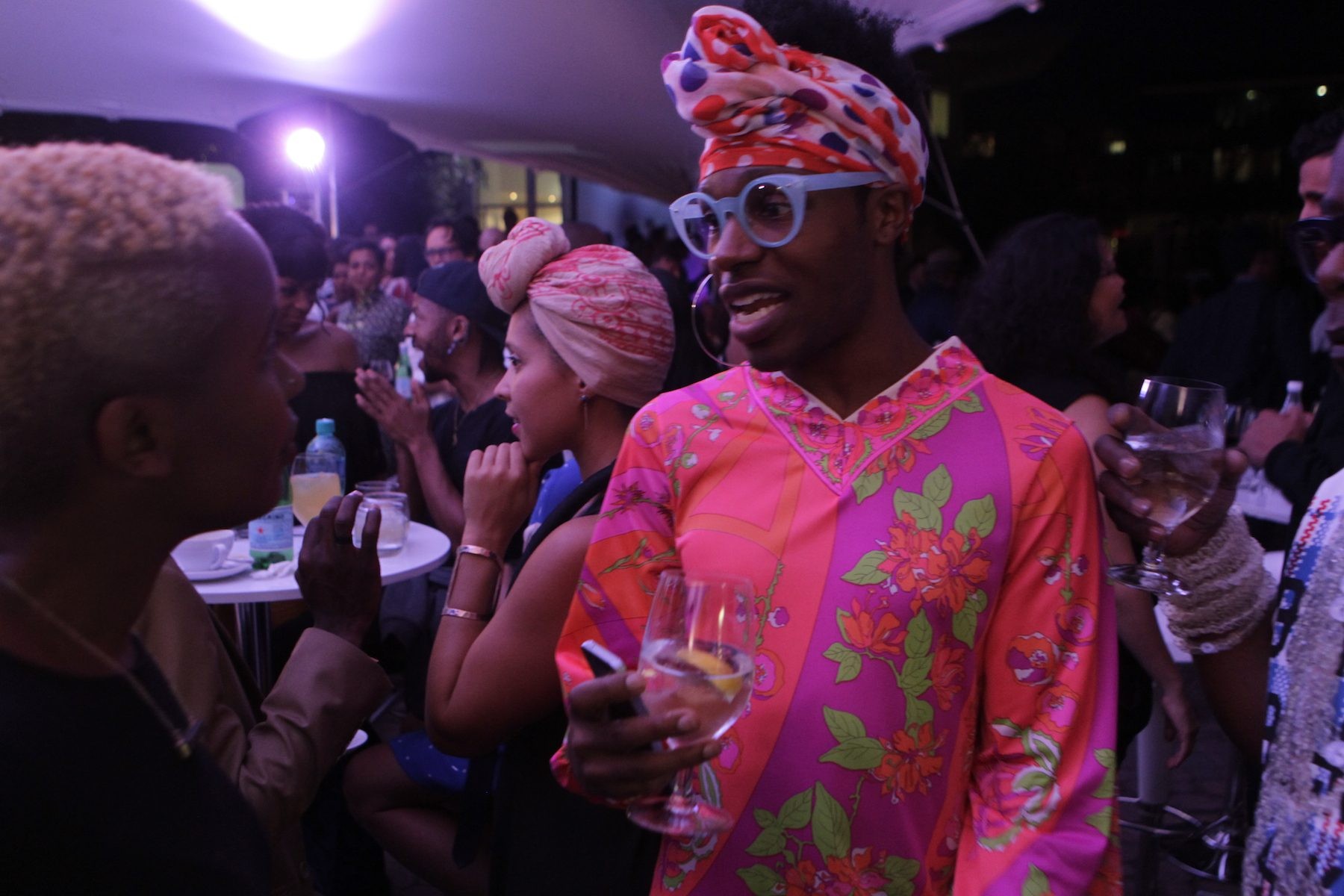
24 November 2016
Magazine C& Magazine
13 min read
. “Are you up on this?” asked the dearly missed Prince Rogers Nelson in 1992. “We need to talk about things.” The mood among attendees at Black Portraiture[s] III: Reinventions: Strains of Histories and Cultures, an art conference recently held in Johannesburg, suggested they were definitely up for it – it being three-day, 125-panel conference …
<p class="p1">.
</p>
“Are you up on this?” asked the dearly missed Prince Rogers Nelson in 1992. “We need to talk about things.” The mood among attendees at Black Portraiture[s] III: Reinventions: Strains of Histories and Cultures, an art conference recently held in Johannesburg, suggested they were definitely up for it – it being three-day, 125-panel conference about imaging the black body. Boisterous applause greeted Deborah Willis, a New York University art historian, when she stepped up to the microphone to inaugurate the event. Willis smiled. Attendees, the large bulk of them African-American scholars and artists recently arrived in the African city named-checked by Gil Scott-Heron in a 1975 song, sat down. We’re ready to talk – or, as it turned it, listen.
</p>
<p class="p1">.
</p>
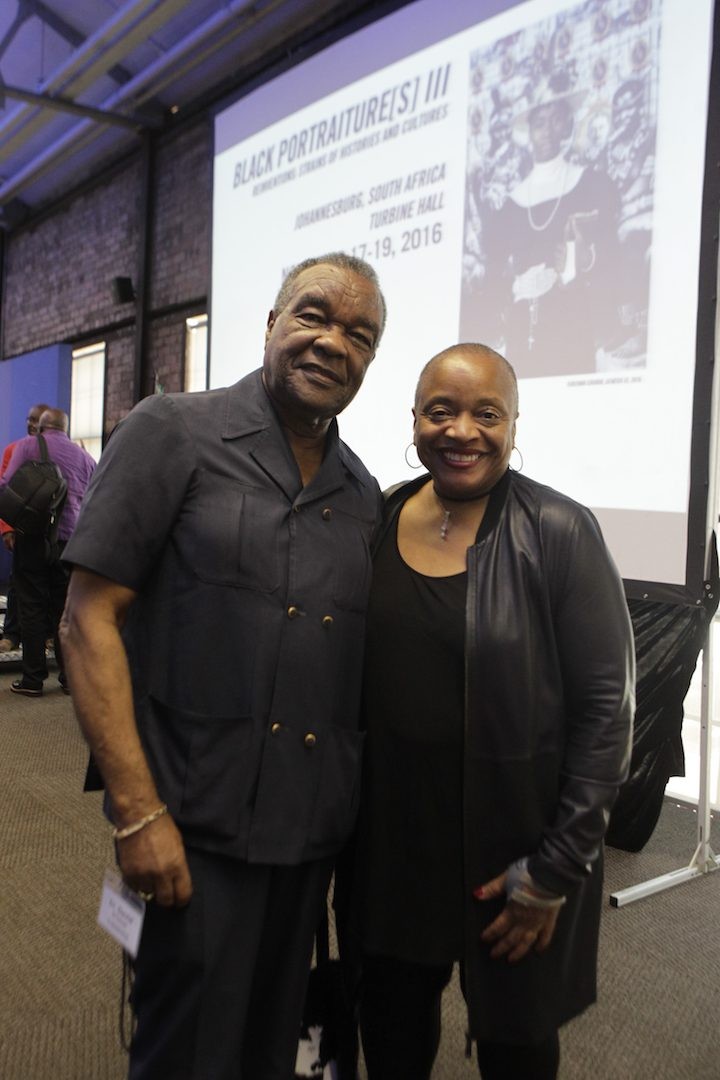
<figcaption> Artist David Driskell and conference co-convenor Deb Willis of NYU. Black Portraiture(s) III, Johannesburg, 2016. © Terrence Jennings
.
<p class="p1">The protocols of international talk shops have a way of draining the conviviality from even the best-intentioned events. The Johannesburg opening of Black Portraiture[s] III, the seventh in an itinerant art history conference series that grew out of a 2004 gathering at Harvard University of artists, scholars, dealers, museum professionals and collectors interested in the field of black art, could have gone the same way – but didn’t. The things that needed talking about were too urgent. Not that decorum was entirely dispensed with.
</p>
<p class="p1">Seven welcoming speeches prefaced an insightful introductory keynote address by artist, curator and teacher David C. Driskell, the 85-year-old éminence grise of the field of black portraiture. They included speeches by Willis and the conference’s co-organizers, Cheryl Finley of Cornell University and New York-based theatre scholar Awam Amkpa. Finley addressed the idiosyncratic title of the conference, stating that we are witnessing “the rebirth of the plural”, while Amkpa said the conference offered participants “instances of how to imagine our becoming”.
</p>
<p class="p1">David Andrew, an artist and professor at the University of the Witwatersrand, spoke of the conference’s “intersection with key moments”. They include the migration crisis in North Africa, Black Live Matter movement and rise of the Alt Right in America, and student protests around fees and transformation of institutions and curriculum in South Africa, this as the country commemorates the fortieth anniversary of the Soweto student rebellion. Unstated was how the acrimony of campus politics – “defying the Man,” as Scott-Heron put it – required a last-minute change of venue for the conference from the University of the Witwatersrand to Turbine Hall, site of the defunct Johannesburg Biennale and Turbine Art Fair.
</p>
In his welcome speech to a clearly partisan audience, Amkpa described Black Portraiture[s] III as broadly aimed at bringing together interested people “to address and redress questions about our states of being”. The conference included panels on both Black Live Matter and the unresolved student protests. Reiterating a statement he had made a day earlier at theGoodman Gallery, which was a key sponsor of the event and is staging a complimentary exhibition titledAfricans in America at three venues in Johannesburg and Cape Town, Amkpa remarked on the “outlaw” status of black citizens of the world, adding that art, in its broadest sense, offered “instances of how to imagine our becoming”.
</p>
<p class="p1">“We speak, we write, we do language. That is how civilizations heal,” said Amkpa, quoting writer Toni Morrison: The statement was met with warm applause. Patrick Gaspard, the US’s ambassador to South Africa, also dug into the canon of twentieth-century letters to bolster his speech, mentioning novelist Ralph Ellison and activist Steve Biko. Like Amkpa, who was born in Nigeria, Gaspard is of African birth, his family migrating from Kinshasa to the US when he was three. Gaspard started his professional career as a campaigner for Jesse Jackson’s 1988 presidential bid and is closely linked with the administration of Barack Obama. Clearly aware of the febrile mood among American visiting, Gaspard wryly joked about whether the US Department of State would sponsor a black portraitures conference in future. His remark drew a resigned laugh.
</p>
<p class="p1">The ambassador’s mood – much like that of his countrymen in attendance – was resilient rather than cowed by recent events, particularly in the US. Gaspard spoke of the legacies of segregation and racism shared by South Africa and the US. He likened the potential of the conference in Johannesburg to a moment in the early 1960s when the exiled Cape Town jazz pianist Abdullah Ibrahim met Duke Ellington in Europe. The encounter led to the album Duke Ellington presents the Dollar Brand Trio (1965), which the ambassador described as “monstrously beautiful”. He added that artists are “hunter-gatherers of memory”.
</p>
<p class="p1">.
</p>
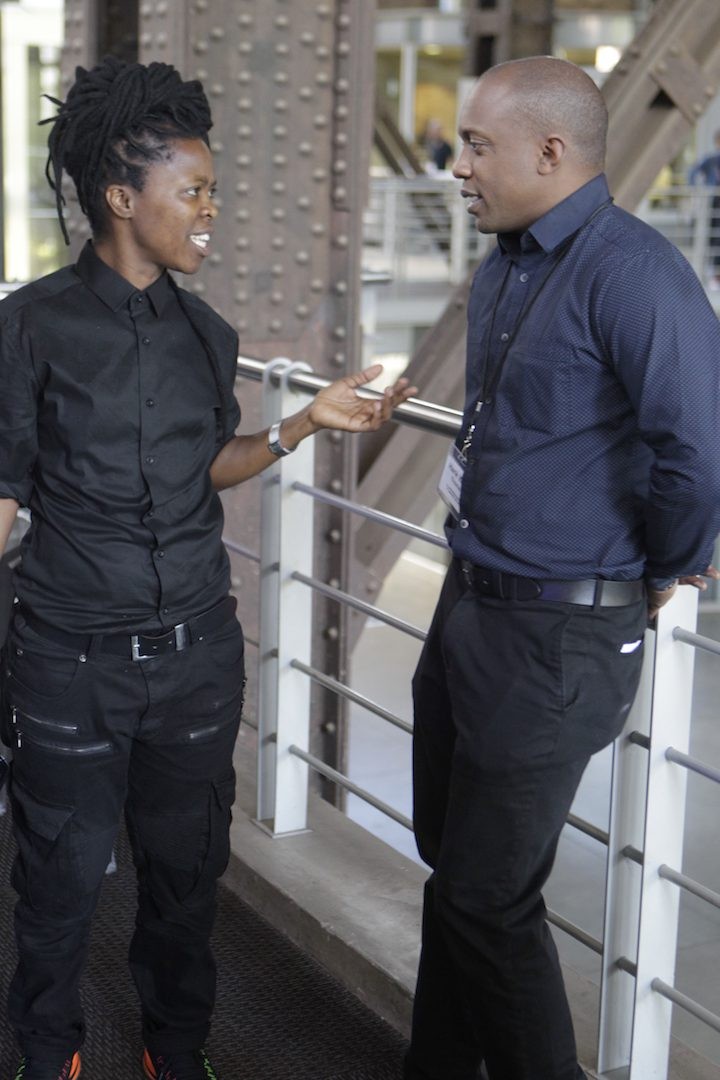
<figcaption> Photographer Zanele Muholi and artist Hank Willis Thomas, co-curator of "Africans in America". Black Portraiture(s) III, Johannesburg, 2016. © Terrence Jennings
.
<p class="p1">Artist Hank Willis Thomas, who is Deborah Willis’s son, was also in town, to co-curate this year’s iteration of the biannual “ In Context” exhibition series at Johannesburg-based Goodman Gallery, which celebrates its 50th anniversary this year. He used his time on stage to speak of his many visits to South Africa since 2008 and the insight they have vested. “Blackness is a myth,” stated Willis Thomas. “Blackness here is different from blackness in the US and Europe.” Willis Thomas, whose second curatorial collaboration with Goodman Gallery owner Liza Essers is a more stately affair than last year’s Young, Gifted and Black, said he preferred to think of blackness as a state of mind and being, rather than a skin colour.
</p>
<p class="p1">In a cute move that was at first cautiously met, Willis Thomas asked the Americans in the room to stand. They numbered roughly two-thirds of the delegates. “You’ve all come a long way,” he remarked. “Are you trying to get away from something?” A man in the audience shouted, “Go Canada!” South Africans made up the second-largest contingent, although attendees from Benin, France, Nigeria, United Kingdom and Zimbabwe also loudly identified themselves.
</p>
<p class="p1">Activist and photographer Zanele Muholi followed Willis Thomas. “I’m thinking in Zulu right now, I’m so excited,” she beamed. Muholi asked everyone had to stand and sing her country’s national anthem. This unscripted moment, which included artist Mary Sibande joining Muholi at the lectern, occasioned both solemnity and bewilderment. A journalist next to me – he came up through the embattled left-leaning press of the 1980s – raised a clenched fist and proudly belted out the anthem. Art critic and theorist Ashraf Jamal, who also attended the event, however took a dim view. He wrote in a blog piece: “National anthems are a bad idea at the best of times, but when we have [US president-elect Donald] Trump in waiting and [South African president Jacob] Zuma propped up by a morally bankrupt party it is very hard to find the will to drag your vocal cords through a multilingual medley which no one is certain will be holding on to its rainbow coloured tongue in the future.”
</p>
<p class="p1">This spirit of collegial disagreement surfaced in panel discussions as well as on social media. Veteran photographer Omar Badsha, for instance, took a dim view of Driskell, who in 1972 accepted an invitation to organize a survey exhibition of mixed-race painter William H. Johnson’s work at the South African National Gallery in Cape Town, a cultural facility that was open to all races during the apartheid years. Badsha accused Driskell, who came to South Africa as a guest curator for the Smithsonian Institution, of defying a cultural boycott. “The cultural boycott was applied to all but special provisions where made to allow people to enter the country, provided that they got clearance from the UN or the liberations movements in exile,” wrote Badsha in a Facebook post.
</p>
<p class="p1">.
</p>
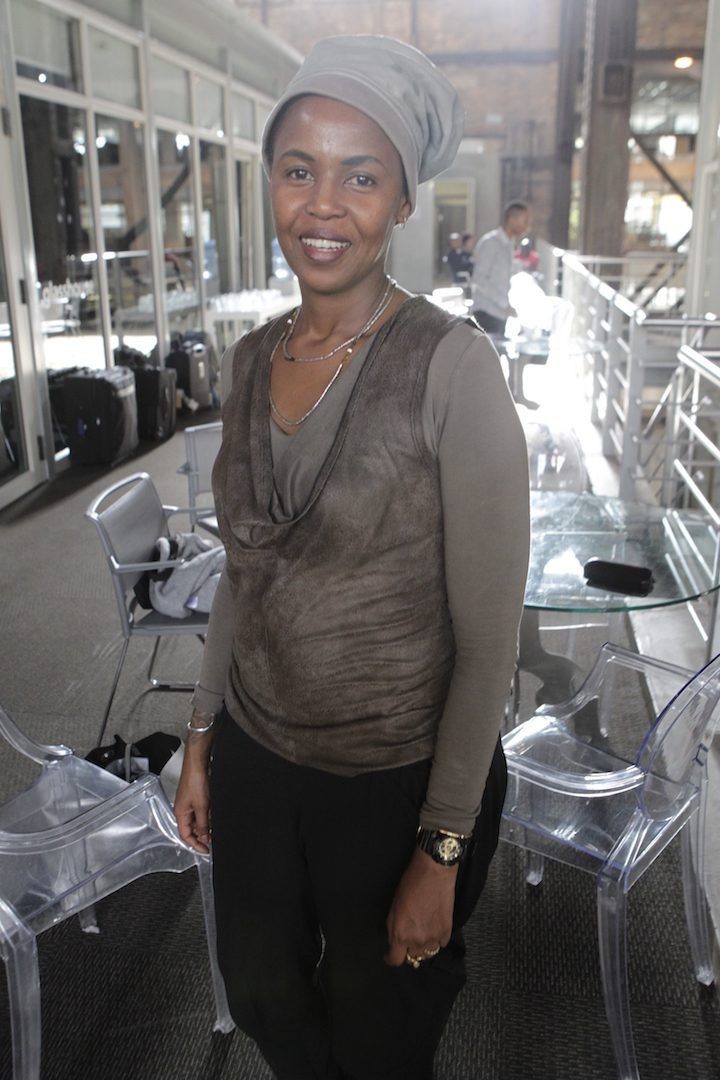
<figcaption> Artist Wangechi Mutu, whose work is featured in "Africans in America". Black Portraiture(c) III, Johannesburg, 2016. © Terrence Jennings
.
<p class="p1">Driskell, who in 1976 curated the landmark show Two Centuries of Black American Art at the Los Angeles County Museum of Art, did not address this issue in his talk. Instead he highlighted the irony of Johnson’s work not yet having enjoyed such prominent billing in the US at the time – the first major exhibition of Johnson’s work, Homecoming: The Art and Life of William H. Johnson, was only staged at the Smithsonian's National Museum of American Art in 1991. He also spoke of meeting activist Steve Biko at Dorkay House, a storied jazz and theatre venue in central Johannesburg, as well as artist Peter Clarke, poet James Matthews and art dealer Linda Givon, the founder and former owner of the Goodman Gallery.
</p>
<p class="p1">Driskell’s 1972 visit was enabled by an idiosyncratic bit of legal acrobatics on the part of South Africa’s white authorities. He was officially classified as an “honorary white”, exempting him from the crueller aspects of race laws of the time. This act of involuntary classification, which he met with “revulsion” and “disgust” at the time, was the fulcrum for his keynote. “Too often we succumb to being named by others without consent,” stated Driskell. “The act of naming someone without their consent or approval leads to their dehumanization.” Naming, he added, is a potent exercise in power and signifies control. “What if we are called a wrong name?” he asked. “Too often we have become accustomed to being named by others, and often without retort.”
</p>
<p class="p1">Self-definition was a key theme of the many papers presented once the panel sessions began. “I’m forced by circumstances to produce the images I produce,” remarked Muholi. Her informal presentation hinged on a narrated run through her vast archive of photographs documenting ceremonial events like weddings and funerals involving LGBTI people. She also spoke about her on-going series of self-portraits made in Amsterdam, Berlin, Ann Arbor, Chapel Hill and Harlem. In some instances, she explained, her stylized portraits were prompted by racist shootings of black men in Italy and the US. Her talk was punctuated by giddy, photo club moments. “That is a medium-format shot,” said Muholi. She discussed using a Canon 6D, and elaborated on her lens settings. “If you don’t understand, Google it.”
</p>
<p class="p1">The conference papers covered a broad range of subjects related to images of the black body. Beauty, queerness, activism, sexual politics, and the image of Eric Garner being suffocated on a Staten Island pavement in 2014 all featured. The locality of the black body in metropolitan spaces was an important thread. In a session on Afrofuturism, Detroit-based artist and curator Ingrid LaFleur spoke about the grinding poverty in her hometown. She showed a photo portrait series of “Detroit Africans” that included Malik Yakini of the Detroit Black Community Food Security Network. Her talk reminded me of the recursive qualities of the black experience, how struggle is matched by endurance, and politics is folded into culture, for instance, Detroit techno producer Kenny Larkin using fragments of a 1966 speech by Martin Luther King in his breakout 1990 dance track “We Shall Overcome”.
</p>
Fellow Afrofuturism panellistLynnée Denise, a Los Angeles-based scholar and deejay, persuasively argued that the deejay is a kind of public intellectual with valuable insights into black urban culture. She showed her new video, The Circle Formation, in which she has spliced together archival footage of dancing in churches, dancehalls and on the streets. The work addresses ideas of circle formation and ring shouts in dancing, the body as an instrument, and migration patterns in the formation of black urban music. Unfortunately, the nuance of her talk was overshadowed by Johannesburg-based social theoristAchille Mbembe’s big-theme talk on the same panel.
</p>
<p class="p1">Much in the way Driskell’s talk framed the core imperative of the conference, taking ownership of self-identity, Mbembe’s talk on the panel with LaFleur and Denise stressed the importance of metropolitan habitats and cultures on new theory around black subjectivity. Mbembe, who has been at the sharp end of the stick after challenging the destructive tactics and strategies of student protestors, remarked on the “planetary turn of the African predicament”. Improvising on ideas expressed in a March 2015 talk at the Institute for Continuing Professional Development in Karlsruhe, he spoke of Africa as the last frontier of capitalism. “The forces of tomorrow are seeing it as the last resource for a humanity facing the possibility of its extinction.”
</p>
<p class="p1">He offered his theory of Afropolitanism as a suppler critical tool for negotiating the future in Africa than Afrofuturism, and the mobile phone as a practical tool for elaborating his theory. “The phone is not simply an object of use but a portable storage of al kinds of knowledges,” said Mbembe. “It has changed the way people speak, write, remember, communicate, imagine who they are, and relate to themselves and the world at large. It is a major medium for self-stylization, a sartorial component of who we are, a container of lives.”
</p>
<p class="p1">Responding to question whether new technologies will colonies Africa’s oral traditions, Mbembe pointed to the ability of Africans to “domesticate” foreign cultures and technologies, be it religion or phone devices. In an unrehearsed remark, he also distinguished his theory of Afropolitanism from Afrofuturism, which he said was premised on the “idea of utter alienation”. By distinction, the Afropolitan project is “not about the dream of expatriation but the desire to accept our own being on a continent”. The Afropolitan consciousness, which is self-aware and techno-savvy, is expressive of a continent-wide “reawakening to the colossal nature and extraordinary power and energy of Africa. It is a repossession of that space in order to trigger something for humanity at large.”
</p>
<p class="p1">This repossession was tangible inside Turbine Hall, where racial pride among participants in Black Portraiture[s] III was jubilantly asserted with non-parochial vigour and a partisan solidarity that crossed many borders. The word from Johannesburg.
</p>
This is an edited and expanded version of an article that originally appeared onArtsy.
</p>
Read more from
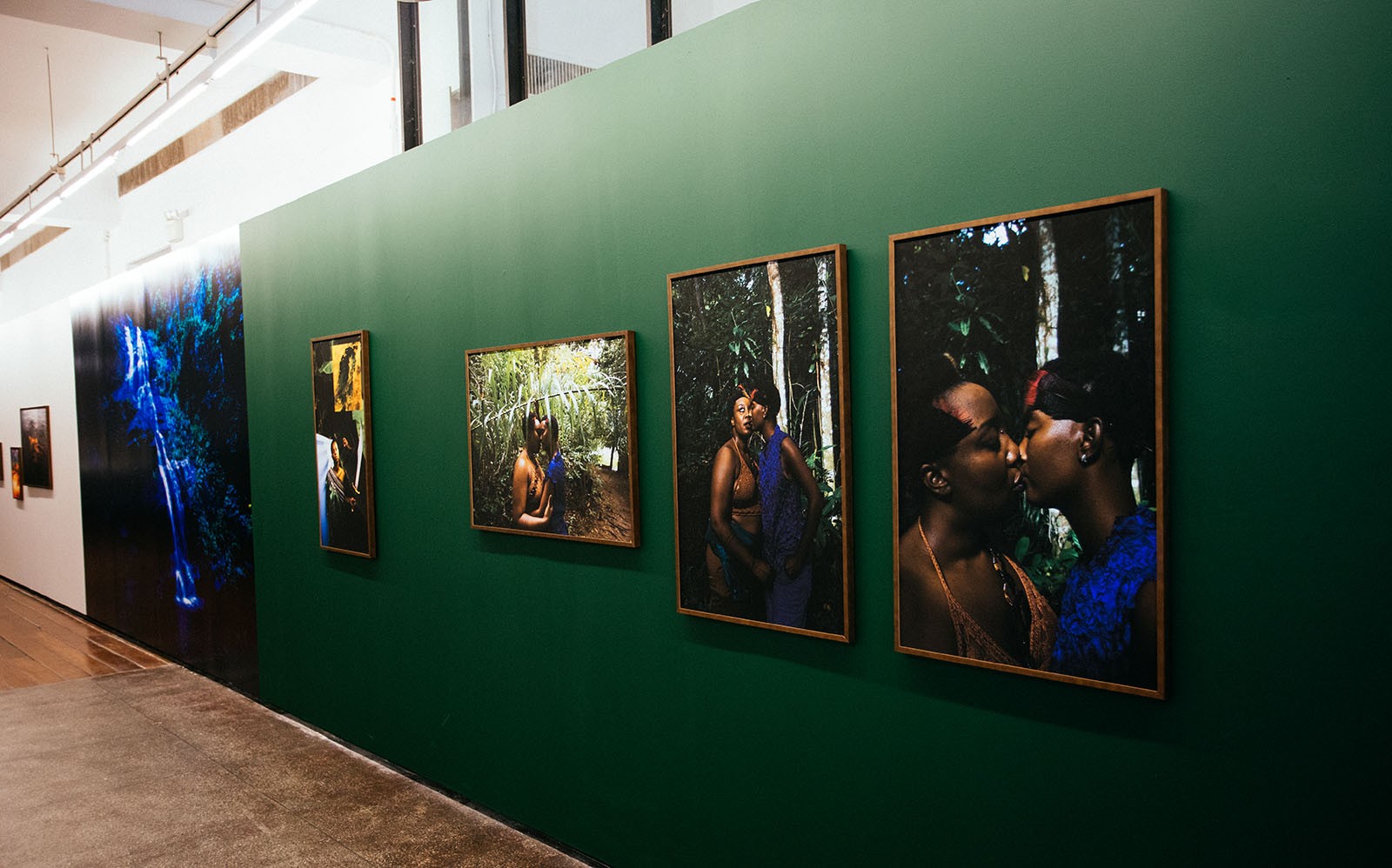
Flowing Affections: Laryssa Machada’s Sensitive Geographies
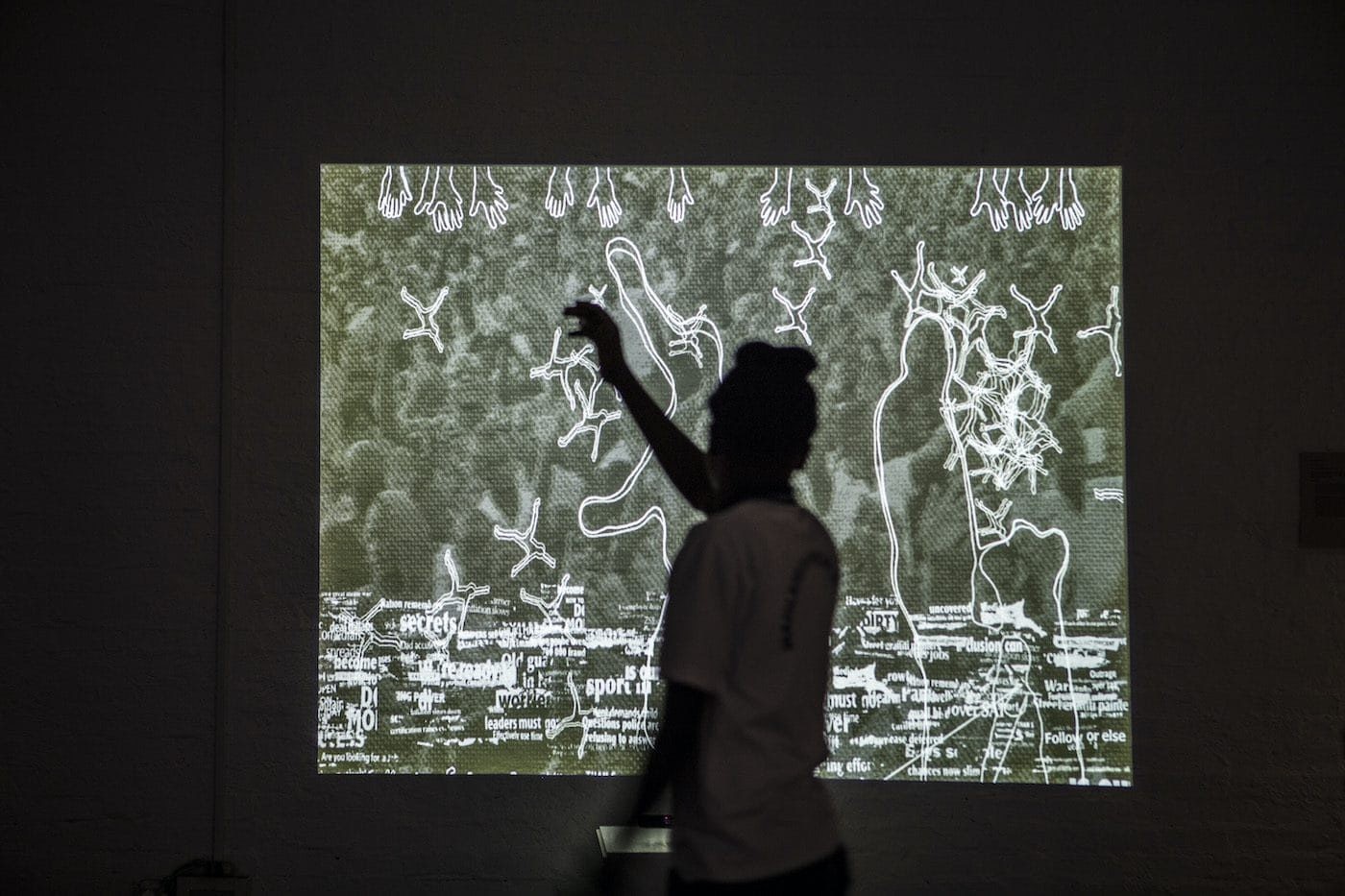
Kombo Chapfika and Uzoma Orji: What Else Can Technology Be?
